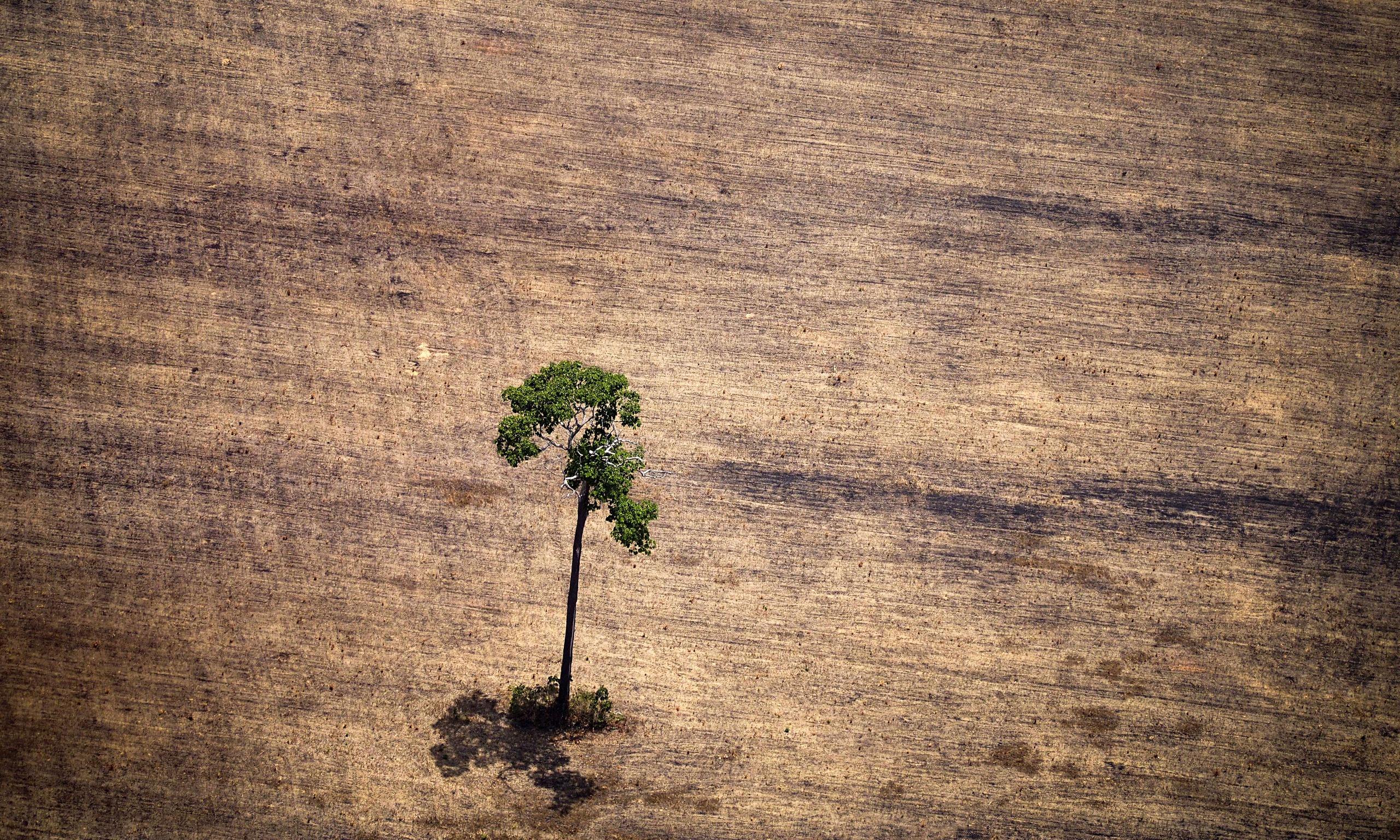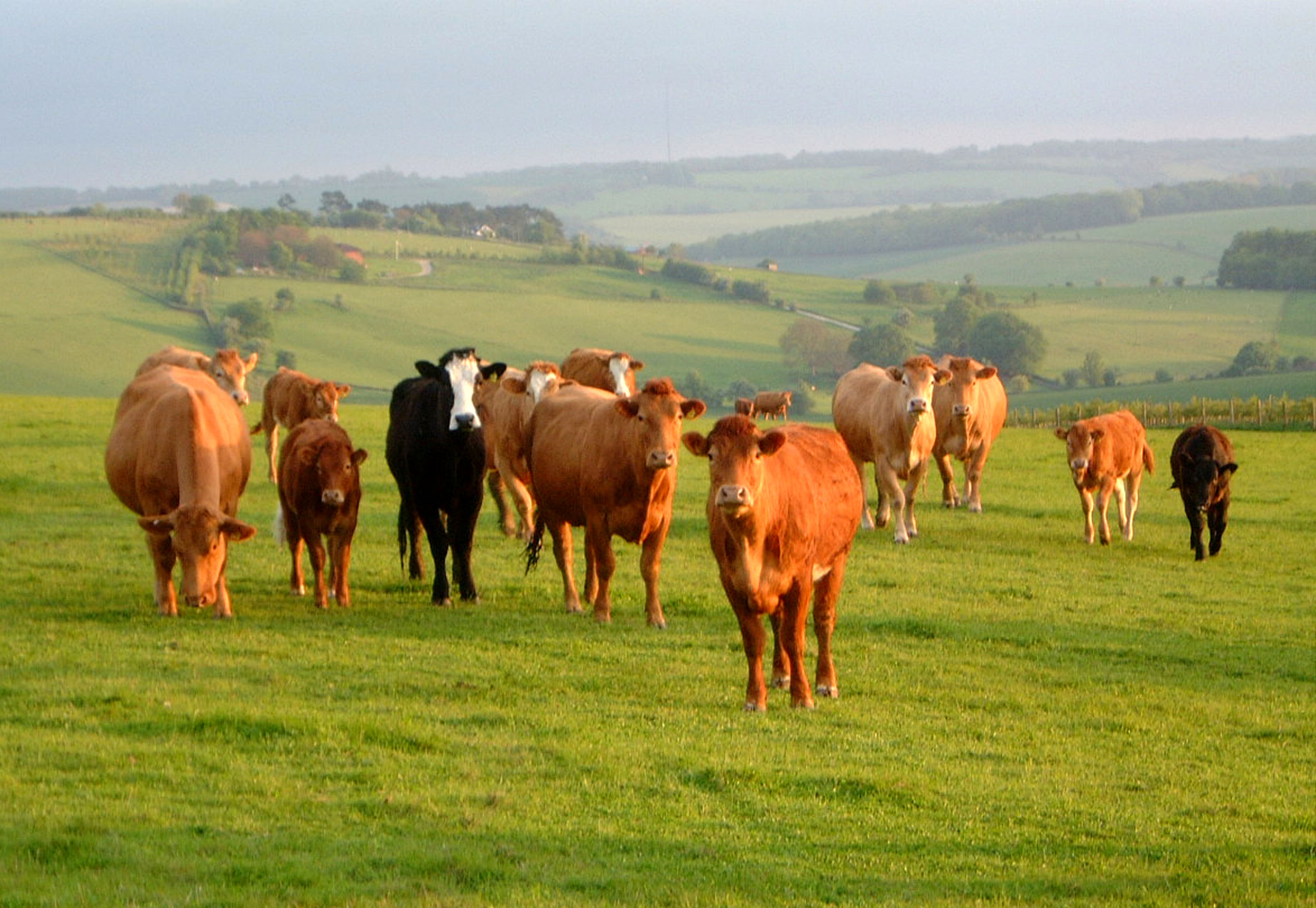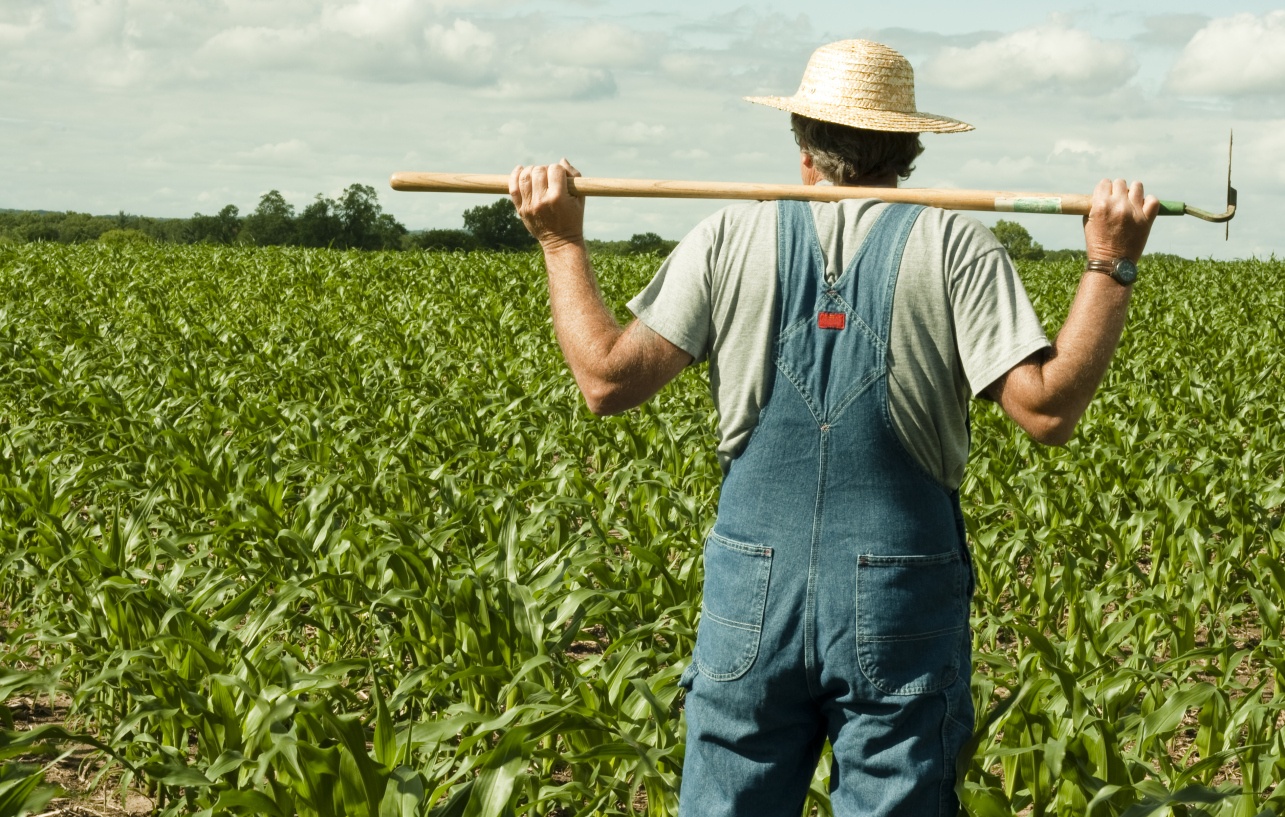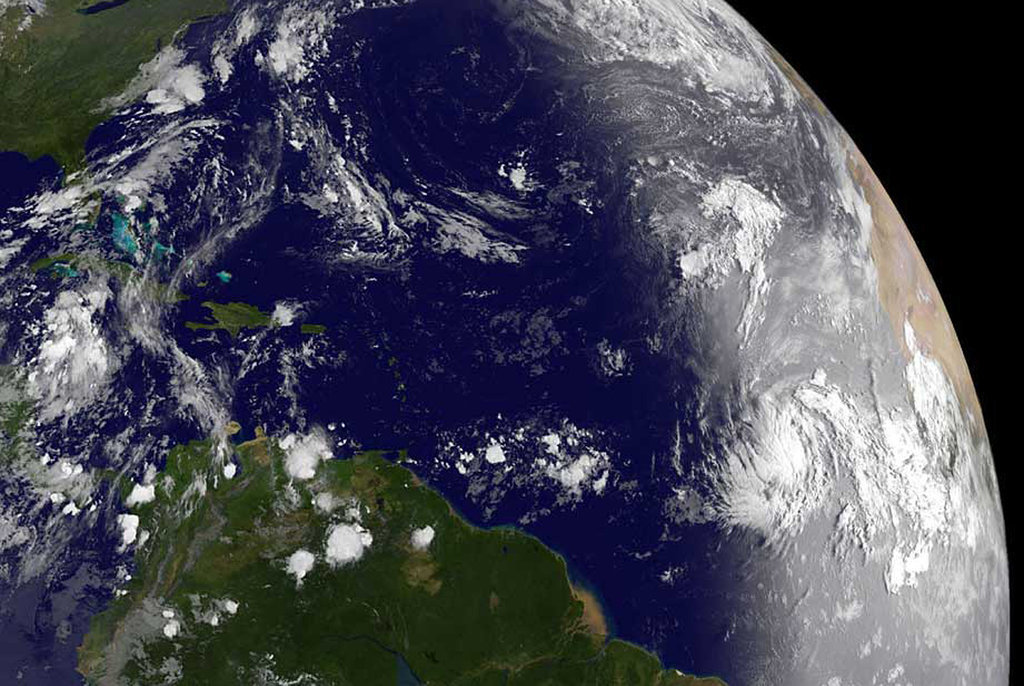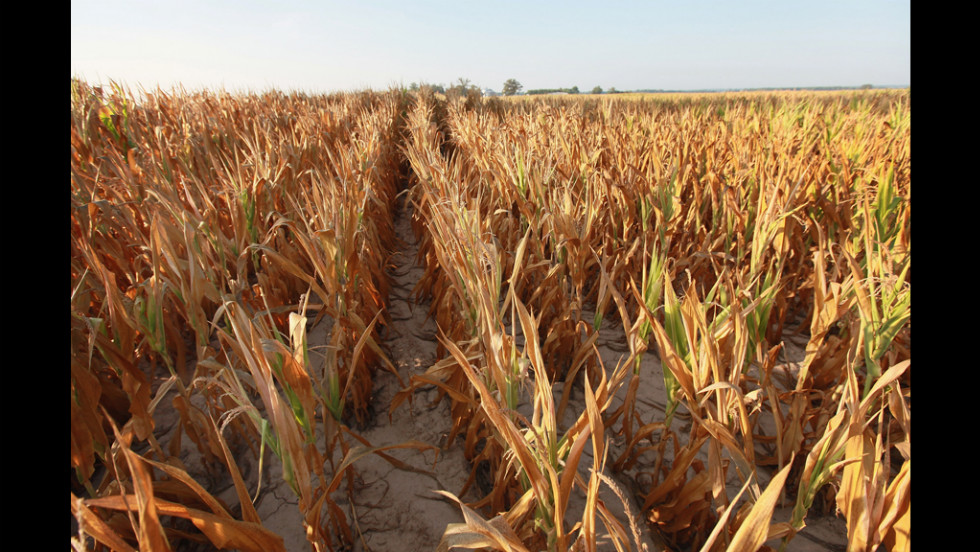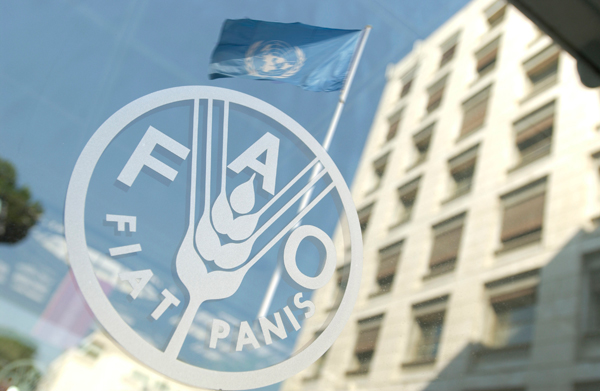Risk management with agricultural insurances
Small-scale farmers in developing countries can no longer absorb the negative impacts of climate threats within their traditional risk management strategy. One supplementary risk management instrument could be agricultural insurances. But they need to be tailored to the specific needs particularly of small-scale farmers, a great challenge for the insurance providers.
Agricultural activities strongly depend on climatic conditions, and agriculture is subsequently exposed to significant economic risks. Farmers have always developed strategies to successfully manage the economic risk of agricultural production, by measures either to reduce or to adjust to climatic risks; for example, diversification of agricultural production, intercropping, agro-forestry or investment in cattle in order to save money for hard times are traditional methods of many small-scale farmers in Africa and Asia to cope with unfavorable climatic conditions.
New threats to agricultural production
Risk management strategies are not set in stone; agricultural producers continuously have to adapt their instruments to changing frame conditions and new challenges; as a consequence of this, risk management strategies which used to be perfectly adjusted to a specific ecologic and social environment might be outdated after essential parameters have changed. Globalization and increasing integration of small-scale farmers in developing countries in global markets, for example, are bringing about new threats and significantly raise farmers’ price and marketing risks.
Agricultural producers and politicians therefore have to work out new strategies to get a grip on the increased price and marketing risk, for example by developing of contract farming arrangements.
However, the biggest challenge to agricultural production arises from the emerging climate change, which is leading to an accumulation of extreme weather events, particularly droughts, spillages and strong storms. Agricultural yields in Asia, for example, are expected to drop by 15 to 20 percent by 2050 due to serious droughts in the context of climate change. Because of the dimension that the negative impact of climate change has on glob al agricultural production, small-scale farmers in developing countries can no longer absorb the negative impacts of climatic threats within their traditional risk management strategy but have to look for supplementary risk management instruments to deal with the new dimension of climatic threats.
Insurances a way out?
The majority of the people living in rural areas in developing countries earn a living with agricultural activities; if partial or even total crop failure is caused by extreme weather events, they therefore run the risk of having to live at subsistence level or falling into the poverty trap. Agricultural and disaster insurances warrant financial compensation in case of crop failure, are subsequently means to stabilize income of rural households in the event of harvest failures and thus help farmers to avoid slipping into poverty.
Apart from stabilizing household income, insurances have a positive influence on agricultural investment and subsequently contribute to increased agricultural productivity. Small-scale farmers usually behave risk-averse in order to ensure a minimum level of household income; however, this also means that they are avoiding investing in new technologies which are more productive and profitable. Reducing economic risk through agricultural insurances therefore contributes to farmers being willing to, and interested in, applying new technologies and techniques. Finally, insurances linked to agricultural credit programs increase the creditworthiness of loan applicants and thus support investment in agricultural production, too.
In Europe and North America, agricultural insurances are a widespread means of risk management which is used by lots of farmers. Yet, despite the many positive impacts of insurances on agricultural development, hardly any agricultural and disaster insurances are available in developing countries and economically emerging nations. Weak institutional and political frame conditions on one side and the structure of the agricultural sector, consisting mostly of small-scale farmers, on the other hamper the successful development and implementation of agricultural insurances in developing countries.
Beyond that, agricultural insurance presents a particular challenge worldwide to insurers because of specifics of the agricultural sector. Roughly speaking, challenges inherent in the design of insurance products become greater when insurance is applied to agriculture and even greater when it is applied to small-scale agricultural producers.
The concept of risk pooling
Like all other insurances, agricultural insurances are risk-pooling instruments and can be described as the reimbursement of an individual for all or part of the financial loss caused by an unpredictable event or risk. Everyone participating in the risk-pooling instrument pays a small amount of money (premium) into the pool, which will be used to compensate those who suffer the loss by the determined risk or unpredictable event. If, for example, a group of 1,000 farmers puts aside one US dollar a month for the insurance to cover the death of their animals up to a value of 100 US dollars (USD) per animal, the farmers will collect 1,000 USD in premiums each month which is used to pay the claims. For a small-scale farmer, it is not easy to find the 100 USD to replace the animal, and the one USD monthly premium payment is subsequently an effective investment.
However, not all events are insurable, and the concept of risk pooling works best if the following conditions are met: insurable events must occur unpredictably, and there should be a low probability that the event will happen; for example, no insurer will insure a farmer against floods if he/she cultivates agricultural crops on a flood plain which is flooded every year. Furthermore, the insured event should not be under the control of the insured person, otherwise he or she can manipulate the event in order to get the benefit of the insurance. In addition, the events should be statistically independent; if risks among participants of an insurance scheme are not independent from each other, the principle of risk-pooling and risk-sharing between members will not work properly.
Finally, it should be easy to determine whether the insured event has occurred or not. Paying under these rules, life insurance is, for example, an easy to develop and subsequently cheap insurance product: the event is mostly unpredictable, not under the control of the insured individual, it is statistically independent since not all insured persons will die at the same time and easy to determine. Contrary to this, agricultural risks are very difficult to confine and to capture: for example, neighboring farms with identical soil conditions may have very different yields depending on the technical skills of the farmers. This means that the insured event is, to some extent, under the control of the insured person and does not merely result from the insured event. Furthermore, assessing agricultural loss can be very difficult, as the loss could be caused by a combination of the insured event and other incidents. Moreover, physical remoteness of the farms supports opportunities for fraud and thus strengthens the complexity of agricultural insurances.
The complexity of agriculture insurance
Agricultural risks, like droughts, pests or flood, usually affect many farmers at the same time. However, the concept of risk-pooling does not work if all or a major part of the insured persons claim for indemnification simultaneously. This would overburden the financial capacity of any insurance company and would make it fail. Reinsurance companies, like Munich Re and Swiss Re, are therefore especially important in all kinds of agricultural insurance schemes since the reinsurers provide insurances to insurers against catastrophic risks.
The above described characteristics of the agricultural sector make the development and implementation of agricultural insurances very time-consuming, and the products are subsequently very costly. This is the reason why hardly any agricultural insurance can cover its costs with premiums.
Most therefore have to be subsidized by governments. However, because of the strategic role that the agricultural sector has for the entire economy, most governments are willing to subsidize agricultural insurances.
Another challenge is the structure of small-scale agriculture in developing countries which is characterized by low productivity and low income and by operating in large and remote areas. The resulting overhead costs would lead to large premiums in excess of the financial capabilities that poor farmers have. However, the new instrument of agricultural microinsurances may provide innovative insurance products at affordable prices which are adapted to the socio-economic situation of poor small-scale farmers.
Index-based microinsurance for the poor
Microinsurances are an important pro-poor financial service along with other microfinance services such as savings, lending, and cashless payments, which serve the specific needs of low-income people with limited or no previous exposure to insurances.
Index-based agricultural insurances are microinsurance schemes which are characterized by uniform contracts for all insured persons and by standardization of payments of damages: the insurance company does not insure an individual farmer against his/her individual loss, but does insure certain values of a fixed index in a region; this means that insurance companies warrant compensation to all insured farmers in a region if the fixed event, the index, occurs. This permits low-cost loss control, subsequently reduces transaction costs for implementation of the agricultural insurance scheme and thus allows small premiums which can be afforded by low-income farmers.
Indexes have to make sense for the farmers through close correlation with actual losses, but also have to ensure cost-effective insurance products for the insurance companies. However, as simple as it sounds, the precise definition of indexes to measure the damage is very complicated and, according to international insurers, takes years. Furthermore, the development of appropriate indexes strongly depends on the availability of reliable data giving information on historical patterns of agricultural production and long-term weather statistics, whilst the situation in many developing countries is often characterized by undependable data and by an inadequate infrastructure to collect reliable information. Yet, innovative methods to collect data on agricultural production and weather data through remote sensing or GIS help to overcome this bottleneck.
Despite the promising prospects of index-based insurances as a risk management instrument for small-scale farmers at affordable premiums, the development of agricultural index-based insurances is still in its infancy and so far, there are only few efficient index-based insurance systems (such as crop insurance in Malawi and livestock insurance in Mongolia. Finally, agricultural microinsurances supplement but cannot replace a comprehensive risk management strategy of farmers.
Author contact:
Gertraud Faltermeier
Deutsche Gesellschaft für Technische Zusammenarbeit (GTZ) GmbH
Division 45 – Agriculture, Fisheries and Food
Eschborn, Germany
Gertraud.Faltermeier@gtz.de





